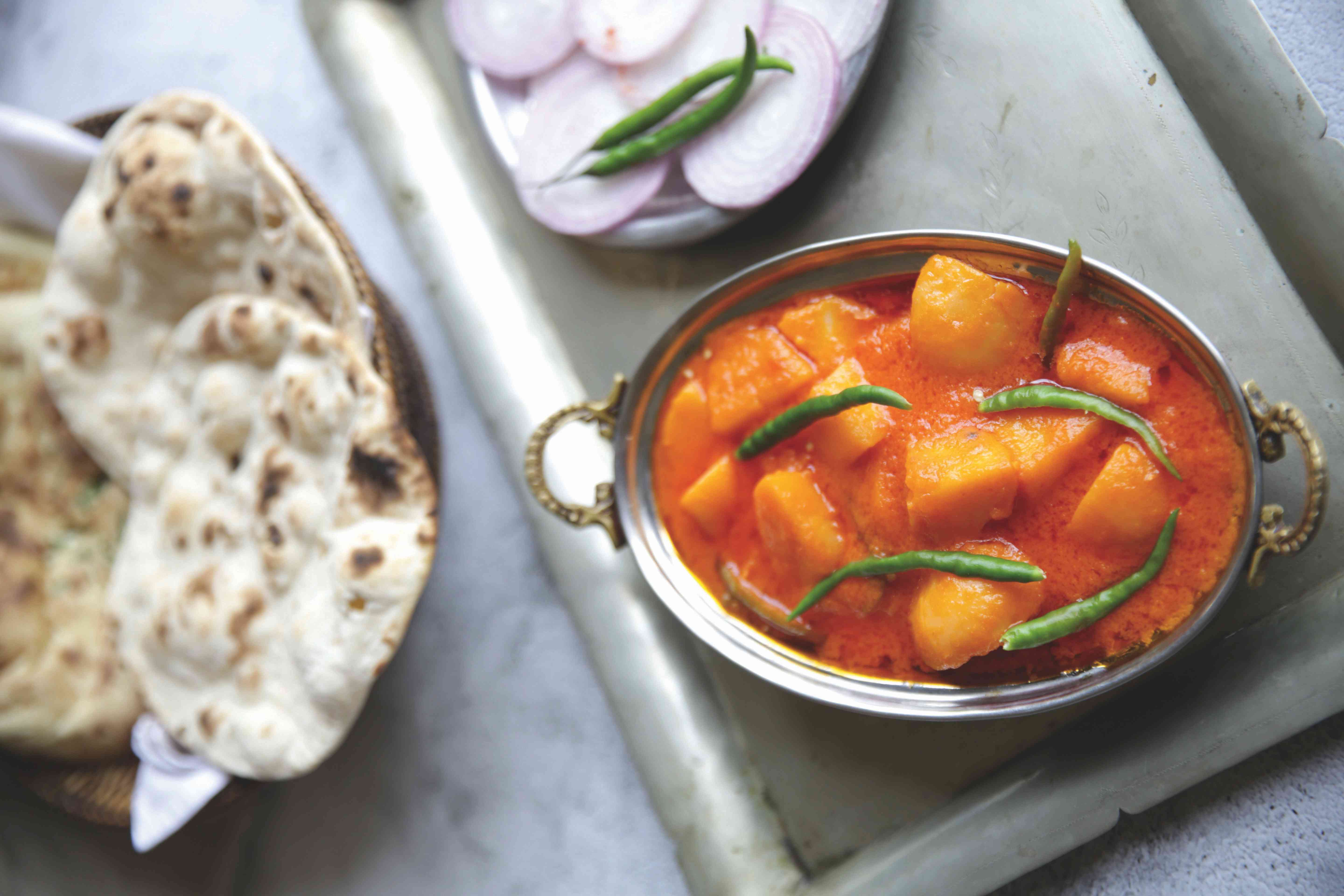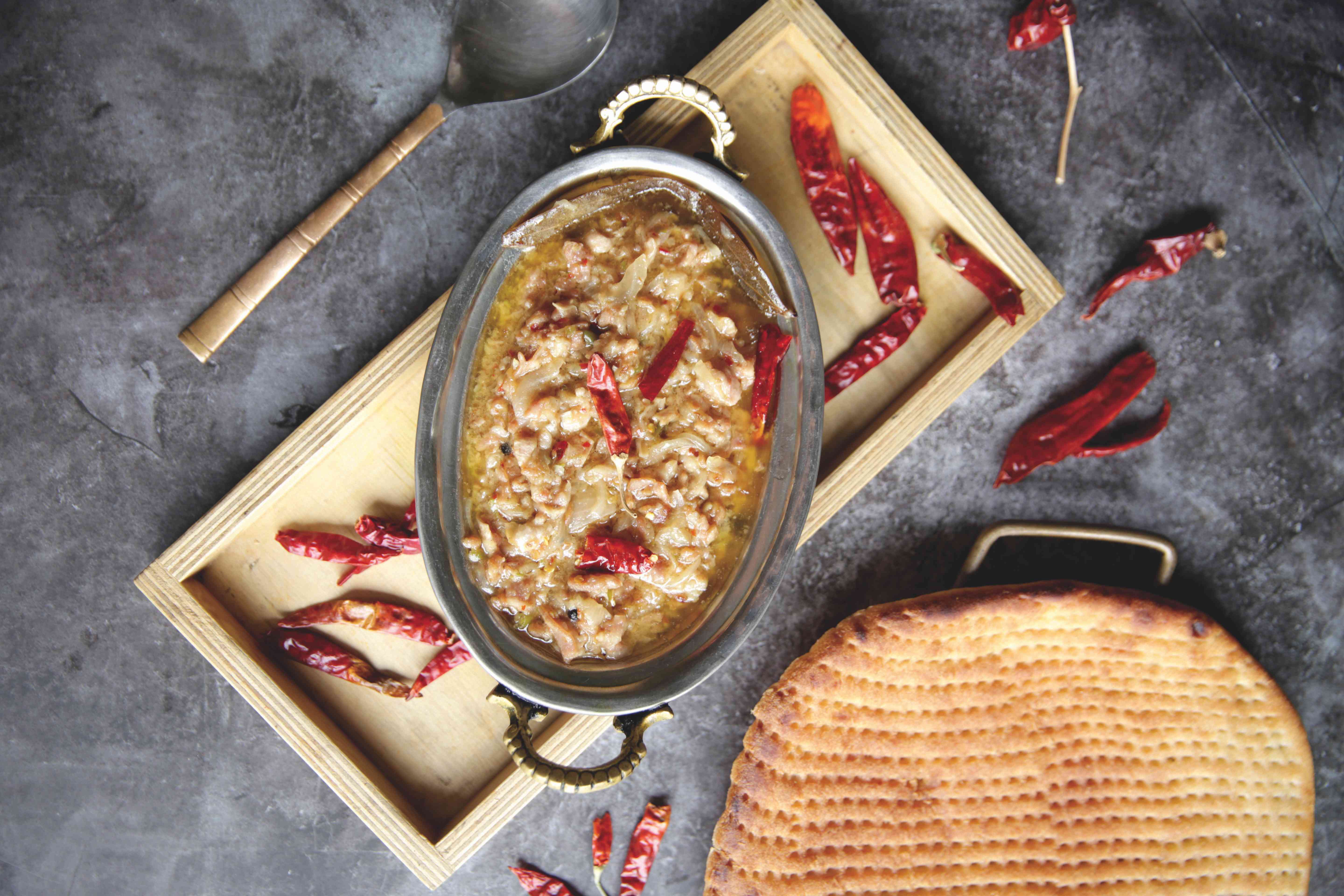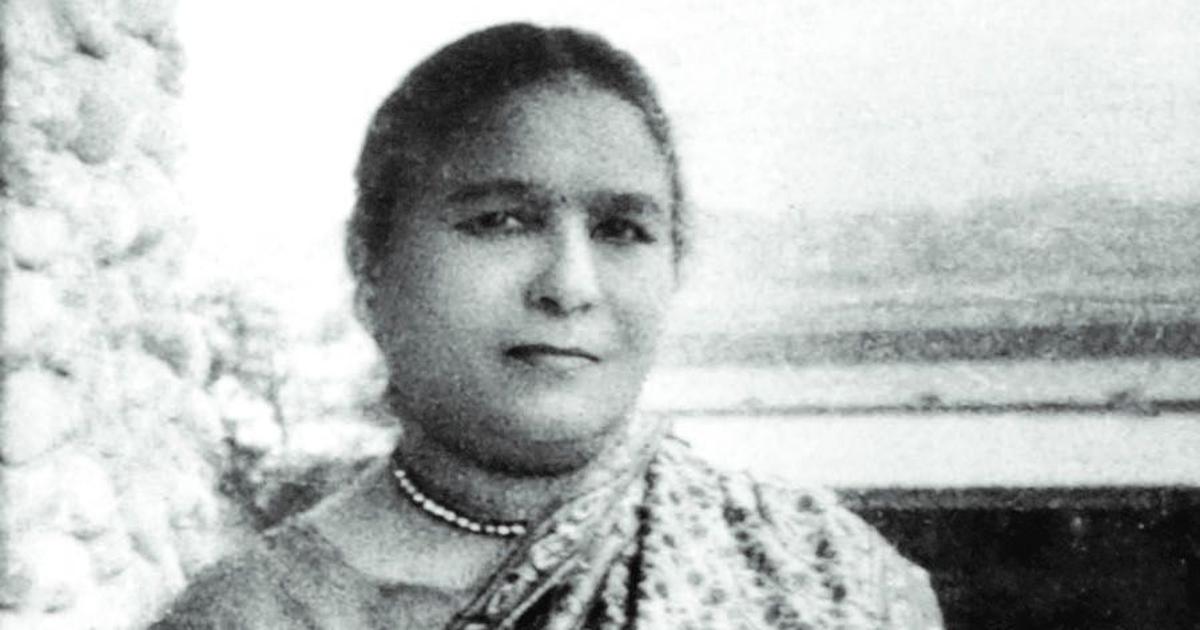Musharraf Begum’s beginnings were humble. She was from a small town in Uttar Pradesh called Chandausi. Due to the financial hardships faced by her family, they agreed to marry her off to a rich, much older gentleman from Rampur as his fourth and only surviving wife then. To this day, the tales of how my grandfather’s first three wives died are vague and come in several versions. One story goes that my grandfather’s wife was travelling to him on a ship after the nikah and they were caught in a storm where she passed away. The bottom line was that here was this nobleman with the worst luck when it came to his wives, so much so that no established family was willing to marry their daughter to him. The “jinxed” Abdul Majeed Qureshi had to then seemingly settle for a fair, young uneducated girl from a family that was in desperate need of his financial support. She would later boast that she was chosen based on her beautiful hands and feet since that was all her in-laws saw before her marriage was arranged.
Soon enough, her staff, children and townspeople began to call her Ammi – a moniker she earned early on, likely because of the authority she wielded at home and in the kitchen. Around 1946, when she was a young new bride who had entered Rampur, a princely town much bigger than what she was used to, she had a lot to prove and a significant role to take on. Her biggest assets proved to be her passion for food and her ability to cook. As women of her generation often did, she controlled the kitchen, and her dazzling personality began to reflect in her food. With the influences of her hometown mixed with her newfound exposure to Rampur’s more modern cuisine, Ammi created a food language that was uniquely her own. For instance, keema khichdi, a meal in itself made by slow-cooking mutton keema with rice and spices and eaten with a cube of yellow butter, cold dahi and mint chutney, is one of our most popular household staples, and has its origins in Chandausi.
When Ammi just got married, a young boy was employed in the kitchen named Israil Bhai who went on to become her sidekick and together they created magic. I can still hear them bantering over why something was missing from the fridge and Ammi calling him tokri ke (basket case), as the most terrible insult she could muster because it was her worst-kept secret that he was too dear to her to rebuke him seriously. Despite a fairly large kitchen, they would often set up a choolah (stove) outside, using bricks and wood to slow-cook dishes. With eight children and several grandchildren, there were always people to feed. Cooking and eating seemed to be the central point of Ammi’s world. Be it hosting daawats (feasts) on behalf of her husband for the Nawab and itinerant dignitaries, or a langar or family wedding, Ammi’s kitchen was always feeding.
Rampur cuisine, with its infusion of Mughlai, Awadhi and Afghani influences, when combined with Ammi’s sensibilities and the Chandausi culture, resulted in a rather mutton-heavy offering. When most think of Rampuri cuisine, the first dishes that come to mind are kebabs like seekh and chapali. But, for me, the most representative Rampuri dish is our family staple taar gosht – mutton cooked in a masala gravy where the ghee is meant to be so generously used that when you dip your roti in it, there should be a taar (line) of ghee connecting your bite to the plate. Ammi used taar gosht as her go-to dish for all occasions, whether it was a wedding or a funeral. To her, the dish was rich enough that no one could criticize her for not doing enough while also satisfying the large appetites of our food-loving people.
— An excerpt from the Introduction.
Aloo tamatar (flavourful curry of potatoes and tomatoes)
Ingredients
1 (2”) piece ginger
10-12 garlic cloves 100 g ghee
250 g tomato puree
1 kg potatoes, boiled and cubed
1 tsp salt
Red chilli (lal mirch) powder, to taste
1 lemon, juiced
6 green chillies (hari mirch), slit lengthwise
Method
Grate the ginger and garlic and add to a muslin cloth to squeeze the juice out. Discard the pulp and set aside the juice.
In a large, heavy-based pan over high heat, add the ghee with garlic and ginger juice. Cook until aromatic.
Stir in the tomato puree and sauté until the ghee separates and rises to the surface.
Now add the potatoes, salt, and chilli powder. Reduce the heat and stir well.
Pour in one cup of water, and cover the pan with a lid. Cook for 5 minutes.
Remove the lid and add the lemon juice and green chillies. Mix well and simmer until the flavours meld. Remove from heat.
Serve hot with tandoori rotis.

Mutton keema inshtew (a comforting, hearty dish in a flavourful broth)
Ingredients
2 1-inch cinnamon (dal chini) sticks
6 green cardamom (green elaichi) pods
2 star anise (chakri ke phool)
4 black cardamom (moti elaichi) pods
6 cloves (laung)
1 bay leaf (tej patta)
150 ml refined oil
8 onions, sliced
1 tsp cumin seeds (jeera sabut)
1 kg minced mutton/lamb (keema)
2 Tbsp ginger-garlic paste
Salt, to taste
150 g desi ghee
6 dry whole red chillies (sookhi sabut lal mirch)
150 g yoghurt (dahi)
1 tsp garam masala
1 tsp chaat masala
6-8 large green chillies (hari mirchi) chopped
1 lemon, juiced
Method
In a mixer-grinder, blend the whole spices at medium setting for 2-3 minutes until finely powdered. Set aside.
In a pressure cooker over high heat, add the oil and heat for 2-3 minutes. Reduce the heat to medium, and add 2 sliced onions. Sauté until they soften and turn translucent.
Add the cumin seeds, keema, ginger-garlic paste and season to taste with salt. Stir well.
Lock the lid in place and cook for three whistles. Remove from heat and let the pressure release.
Separately, in a large wok over medium heat, add the ghee and the remaining onions. Sauté the onions until they turn light pink. Add the red chillies.
Remove the lid of the pressure cooker and transfer the keema into the wok. Add the powdered whole spices and stir-fry well.
Stir in the yoghurt, garam masala, chaat masala, green chillies, and lemon juice. Cook for 20 minutes, stirring frequently, until the meat is cooked.
Remove from heat and cover until serving to allow the flavours to meld.
Serve hot with roomali rotis


Excerpted with permission from Ammi’s Kitchen: Heirloom Recipes from Rampur, Pernia Qureshi, Roli Books.










